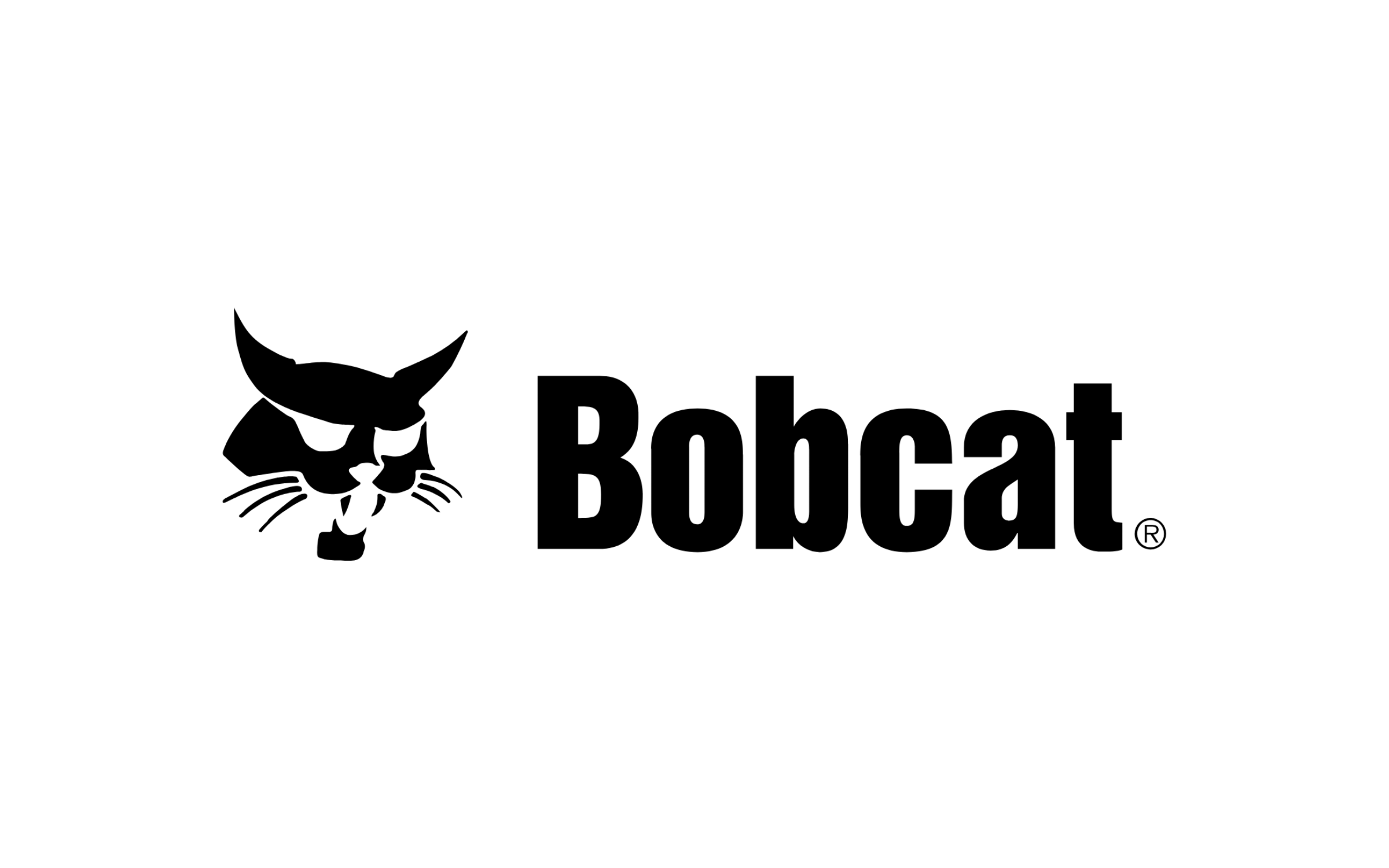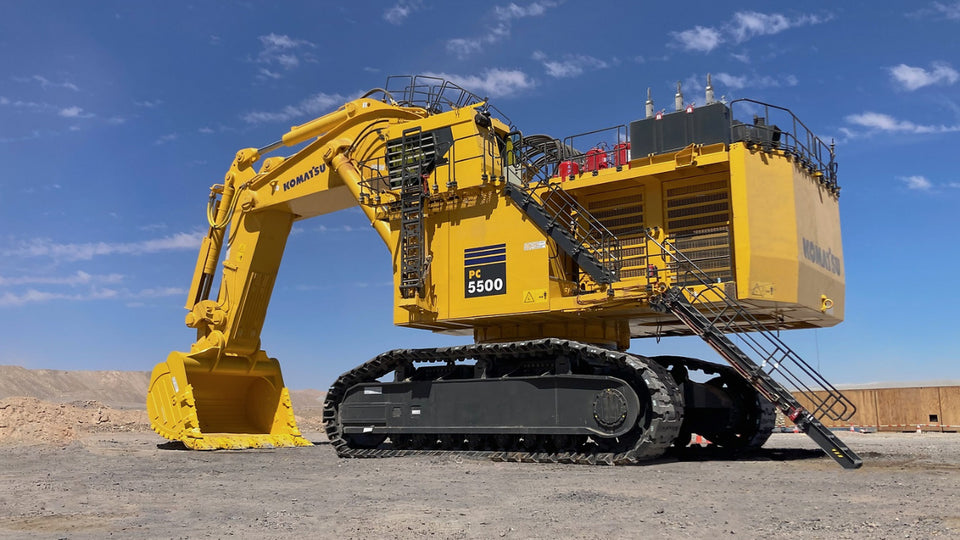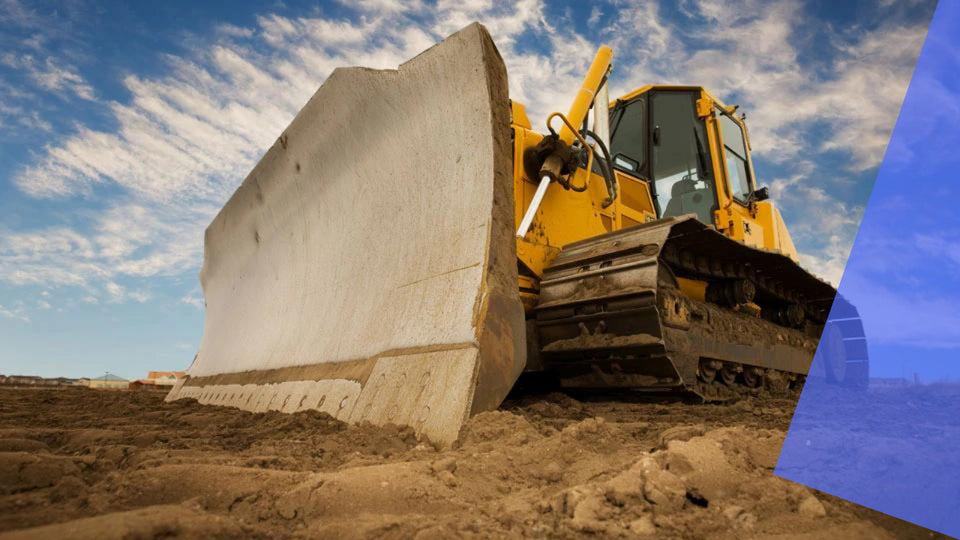You already know that Bobcat final drive motors are the unsung heroes of your machine's performance. These powerful components are responsible for delivering the torque and power needed to keep your Bobcat excavator running at peak efficiency.
But here's the thing: final drive motors don't last forever. Without proper care and maintenance, they can fail prematurely, leading to costly repairs and downtime.
That's where these 10 expert tips come in. By implementing these proven strategies, you can extend the life of your Bobcat final drive motors and keep your machine running like a well-oiled machine.
From regular fluid changes to proactive maintenance schedules, we've got you covered. So buckle up and get ready to dive into the world of Bobcat final drive motor maintenance.
Bobcat Final Drive Motor Maintenance: 10 Proven Strategies to Boost Longevity
Getting the most out of your Bobcat final drive motor is essential for the performance and longevity of your investment Here are some strategies based on our many years of experience selling final drive motors.
1. Regular Fluid Changes: The Key to Healthy Final Drive Motors
Using the correct type and grade of oil is crucial for maintaining the health of your Bobcat's final drive motors. Manufacturers specify the optimal fluid for each model, ensuring proper lubrication and protection against wear. Failing to use the recommended oil can lead to increased friction, overheating, and premature failure.
Fluid changes with the right oil should be performed every 500-1000 hours (according to recommendations), depending on the severity of the working conditions. More frequent changes may be necessary for machines operating in dusty, wet, or extreme temperature environments. Here's a step-by-step guide to changing your final drive motor fluids:
- Park the Bobcat excavator on a level surface with the drain plug positioned at the 6 o’clock position.
- Clean the area around the fill and drain plugs to prevent contamination.
- Place a suitable container under the drain plug to catch the used oil.
- Remove the fill plug to allow for better drainage.
- Remove the drain plug and allow the oil to drain completely.
- Clean the drain plug and reinstall it, torquing it to the manufacturer's specifications.
- Re-position the Bobcat excavator ensuring the fill and drain plugs are positioned evenly at the 3 o’clock and 9 o’clock positions.
- Fill the final drive with the recommended oil through the fill hole until it reaches the proper level.
- Reinstall the fill plug and torque to the manufacturer's specifications.
- Repeat the process on the other final drive motor.
- Properly dispose of the used oil following local regulations.
2. Inspecting and Cleaning Breather Valves
Breather valves play a critical role in maintaining proper pressure within the final drive motors. They allow for the exchange of air as the oil heats up and cools down during operation, preventing pressure buildup that can damage seals and gaskets. A clogged or damaged breather valve can lead to premature failure of the final drive motor.
Signs of a malfunctioning breather valve include:
- Oil leaks around the final drive motor seals
- Slow or unresponsive steering
- Whining or grinding noises during operation
To clean or replace breather valves:
- Locate the breather valve on the top of the final drive motor housing.
- Remove any debris or dirt around the valve using a clean cloth.
- Unscrew the breather valve from the housing.
- Inspect the valve for damage or clogging. If the valve is damaged, replace it with a new one.
- If the valve appears to be in good condition, clean it using a suitable solvent and allow it to dry completely.
- Reinstall the breather valve and torque to the manufacturer's specifications.
3. Implementing a Proactive Maintenance Schedule
A proactive maintenance schedule is essential for extending the life of your Bobcat's final drive motors. By catching potential issues early, you can avoid costly repairs and downtime. The exact maintenance plan will vary based on the application and environment in which the machine operates.
Creating a Customized Maintenance Plan
To create a customized maintenance plan, consider the following factors:
- The severity of the working conditions (dust, moisture, temperature)
- The average hours of operation per day or week
- The age and overall condition of the machine
Based on these factors, establish a schedule that includes regular fluid changes, breather valve inspections, and comprehensive inspections of the final drive motors.
Keeping Accurate Records
Keeping accurate records of maintenance tasks performed is crucial for staying on top of your Bobcat's final drive motor health. Use a logbook or digital record-keeping system to track:
- Dates and hours of operation at each fluid change
- Breather valve inspections and replacements
- Any unusual sounds, vibrations, or performance issues noted during operation
- Repairs or replacements performed on the final drive motors
By maintaining a detailed record, you can spot trends and address potential problems before they lead to failure.
Benefits of Proactive Maintenance
Implementing a proactive maintenance schedule offers several key benefits:
- Extended final drive motor life: Regular maintenance reduces wear and tear, preventing premature failure.
- Reduced downtime: By catching issues early, you can schedule repairs during off-hours, minimizing the impact on productivity.
- Lower repair costs: Addressing problems before they cause significant damage can save you money on costly repairs or replacements.
- Improved safety: Well-maintained final drive motors provide more predictable and responsive steering, enhancing operator safety.
he most common cause of final drive failure is contamination of the fluid due to a lack of regular changes. By prioritizing this maintenance task, you can significantly extend the life of your Bobcat excavator’s final drive motors, typically beyond the 5,000-hour mark when properly maintained.
4. Keep the motor clean and free of debris
Dirt, mud, and debris can accumulate around the final drive motor, potentially causing damage or overheating. Regularly clean the motor and its surrounding areas, paying special attention to cooling fins and vents. This practice helps maintain optimal operating temperatures and prevents premature wear.
5. Avoid overloading the machine
Consistently operating your Bobcat beyond its rated capacity puts excessive stress on the final drive motor. This can lead to premature wear, overheating, and potential failure. Always follow the manufacturer's load recommendations and distribute weight evenly when working.
6. Maintain proper track tension
Incorrect track tension can cause undue stress on the final drive motor. Too loose, and the tracks may slip; too tight, and it creates unnecessary resistance. Regularly check and adjust track tension according to the manufacturer's specifications to ensure optimal performance and longevity of the final drive motor.
7. Monitor and address unusual noises promptly
Unusual noises from the final drive motor, such as grinding, clicking, or excessive humming, can indicate developing issues. Don't ignore these warning signs. Investigate and address any abnormal sounds immediately to prevent minor problems from escalating into major, costly repairs.
8. Avoid operating in extreme conditions when possible
While Bobcats are designed for tough environments, consistently operating in extreme conditions can accelerate wear on the final drive motor. When possible, avoid prolonged operation in very dusty, muddy, or water-logged areas. If such conditions are unavoidable, increase the frequency of your maintenance checks.
9. Properly warm up the motor before use
Cold starts can be harsh on final drive motors, especially in low temperatures. Allow your Bobcat to warm up for a few minutes before operating under load. This practice ensures proper oil circulation and reduces wear on motor components during the critical initial operating period.
10. Ensure proper cooling system maintenance
An efficiently functioning cooling system is vital for preventing overheating of the final drive motor. Regularly clean radiators and cooling fins, check coolant levels, and ensure proper fan operation. Address any cooling system issues promptly to prevent heat-related damage to your motor.
Troubleshooting Final Drive Motor Issues: A Practical Guide
Recognizing the early signs of final drive motor issues is crucial for timely maintenance and prevention of costly repairs.
Identifying Common Symptoms of Final Drive Motor Problems
Be on the lookout for unusual noises, such as grinding, whining, or clicking, which may indicate worn or damaged gears, bearings, or other internal components. Vibrations felt through the machine's controls or chassis can also point to potential problems within the final drive motor.
Another telltale sign of trouble is reduced performance or loss of power. If your Bobcat seems sluggish, struggles to maintain speed, or fails to respond to operator input as it should, the final drive motor may be the culprit.
Leaks are also a cause for concern, as they can lead to low fluid levels and inadequate lubrication, accelerating wear and tear on vital components.
Monitoring Operating Temperatures
Overheating is a common issue that can significantly shorten the lifespan of final drive motors. Regularly check the temperature of the final drive motor housing using an infrared thermometer or built-in temperature sensors, if available.
Excessive heat can be caused by low fluid levels, clogged oil passages, or failing bearings. According to the Bobcat user manual, the optimal operating temperature range for the final drive motor is between 150°F and 180°F (65°C to 82°C).
Diagnosing the Root Cause of Final Drive Motor Failures
Once you've identified the symptoms, it's time to diagnose the underlying problem. Start with a thorough visual inspection of the final drive motor and its surrounding components.
Look for signs of physical damage, such as cracks, dents, or leaks. Check the condition of the hydraulic hoses and fittings, ensuring they are free of kinks, abrasions, or loose connections.
Next, use diagnostic tools to pinpoint the issue. A hydraulic pressure gauge can help you determine if the final drive motor is receiving adequate pressure from the hydraulic system.
Connect the gauge to the appropriate test ports and compare the readings to the manufacturer's specifications. Low pressure may indicate a problem with the hydraulic pump, relief valve, or control valve.
Implementing Effective Repair or Replacement Solutions
Once you've diagnosed the problem, it's time to decide on the best course of action. In some cases, a simple repair may suffice, such as replacing a worn seal or gasket. However, more severe damage may require a complete overhaul or replacement of the final drive motor.
When weighing the costs and benefits of repair vs. replacement, consider factors such as the age of your Bobcat, the extent of the damage, and the availability and cost of replacement parts. In some cases, rebuilding the final drive motor may be more cost-effective than purchasing a new one, especially for older machines.
Sourcing High-Quality Final Drive Motors
If you opt for a final drive motor replacement , be sure to source high-quality replacement motors from reputable suppliers like Precision Final Drives. High quality aftermarket and OEM replacement parts are designed to meet the exact specifications of your machine, ensuring optimal performance and longevity.FAQ’s About Bobcat Final Drive Motors
Keep Your Bobcat Running Strong with These Final Drive Motor Tips
By following these expert tips, you can significantly extend the life of your Bobcat's final drive motors. Regular fluid changes, inspections, and a proactive maintenance schedule will help you catch potential issues early, saving you time and money in the long run.
Remember, your Bobcat's final drive motors are essential to its overall performance and productivity. By taking care of them, you're ensuring that your equipment remains reliable and efficient, even in the toughest working conditions.
When you are ready for quality Bobcat Final Drive Motors, visit Precision Final Drives We’re here to answer any questions you have before you buy. Contact us here.
Here are some frequently asked questions about Bobcat final drive motors:



